Scientists have found an elusive third form of magnetism that could help solve a longstanding puzzle about superconductors.


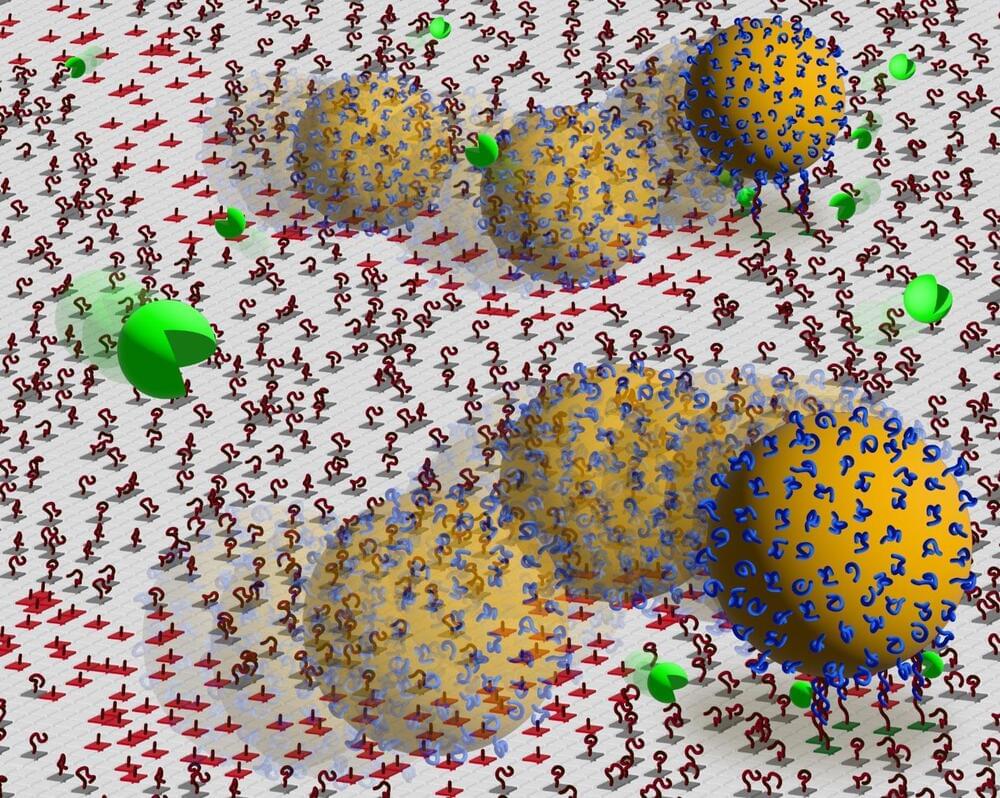
Researchers leverage their understanding of molecular motors to improve nanoscale.
The term “nanoscale” refers to dimensions that are measured in nanometers (nm), with one nanometer equaling one-billionth of a meter. This scale encompasses sizes from approximately 1 to 100 nanometers, where unique physical, chemical, and biological properties emerge that are not present in bulk materials. At the nanoscale, materials exhibit phenomena such as quantum effects and increased surface area to volume ratios, which can significantly alter their optical, electrical, and magnetic behaviors. These characteristics make nanoscale materials highly valuable for a wide range of applications, including electronics, medicine, and materials science.

NEW MEXICO (KRQE) – The world’s largest integrated quantum computing company announced plans to expand into New Mexico.
Quantinuum’s new location will be a research and development hub aimed at advancing photonics technologies. The company is headquartered in Broomfield, Colorado. “I am thrilled to welcome Quantinuum to New Mexico, launching a new industry for our state that builds on our proud foundation of innovation,” said New Mexico Governor Michelle Lujan Grisham in a news release.
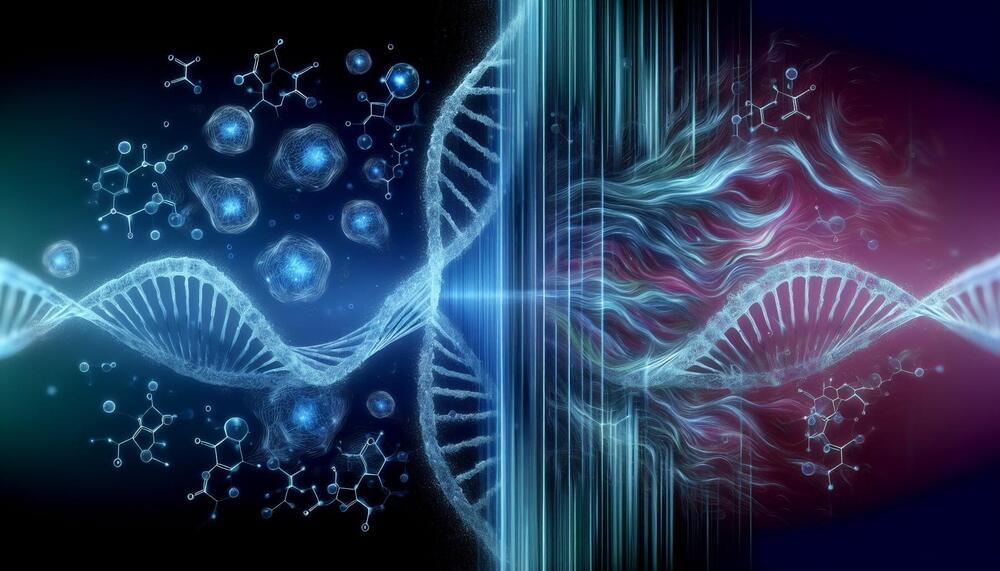
Researchers at University of California San Diego School of Medicine have published results that shed new light on an old question: what causes aging at the molecular level? Their findings, published in Nature Aging, describe a never-before-seen link between the two most accepted explanations: random genetic mutations and predictable epigenetic modifications. The latter, also known as the epigenetic clock theory, has been widely used by scientists as a consistent, quantitative measure of biological aging.
However, the new research suggests that the process may not be so simple.
“Major research institutions and companies are betting on turning back the epigenetic clock as a strategy to reverse the effects of aging, but our research suggests that this may only be treating a symptom of aging, not the underlying cause,” said co-corresponding author Trey Ideker, Ph.D., a professor at UC San Diego School of Medicine and UC San Diego Jacobs School of Engineering.
Prepare for AGI with me — https://www.skool.com/postagiprepardness.
🐤 Follow Me on Twitter https://twitter.com/TheAiGrid.
🌐 Checkout My website — https://theaigrid.com/
Links From Todays Video:
https://www.clonerobotics.com/
Welcome to my channel where i bring you the latest breakthroughs in AI. From deep learning to robotics, i cover it all. My videos offer valuable insights and perspectives that will expand your knowledge and understanding of this rapidly evolving field. Be sure to subscribe and stay updated on my latest videos.
Was there anything i missed?
(For Business Enquiries) [email protected].
#LLM #Largelanguagemodel #chatgpt.
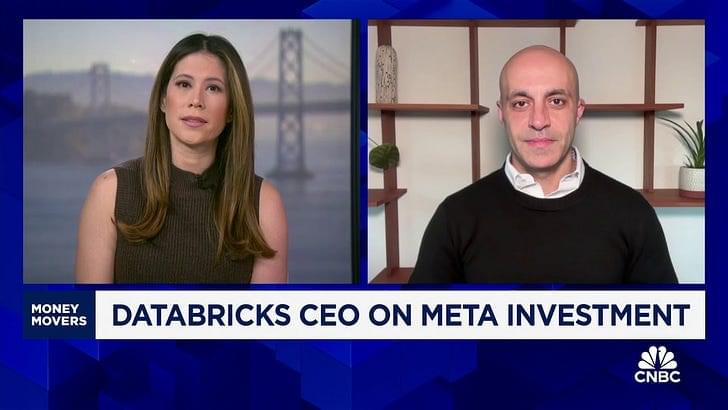
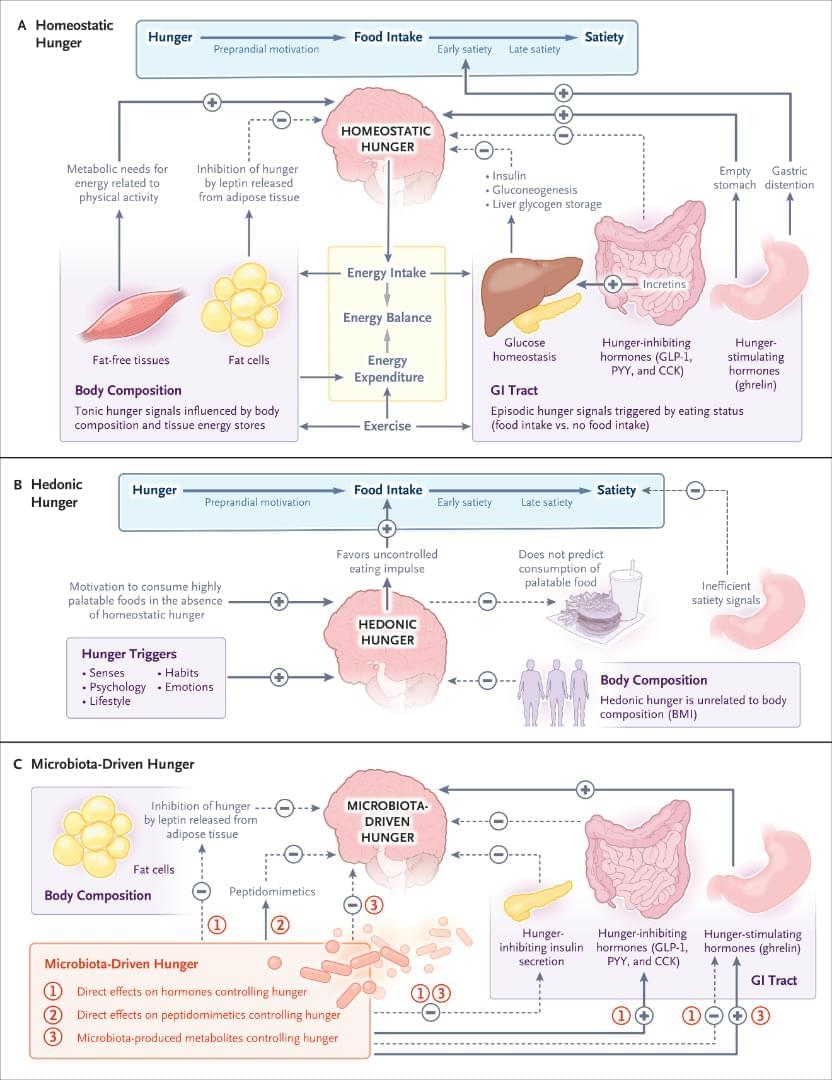
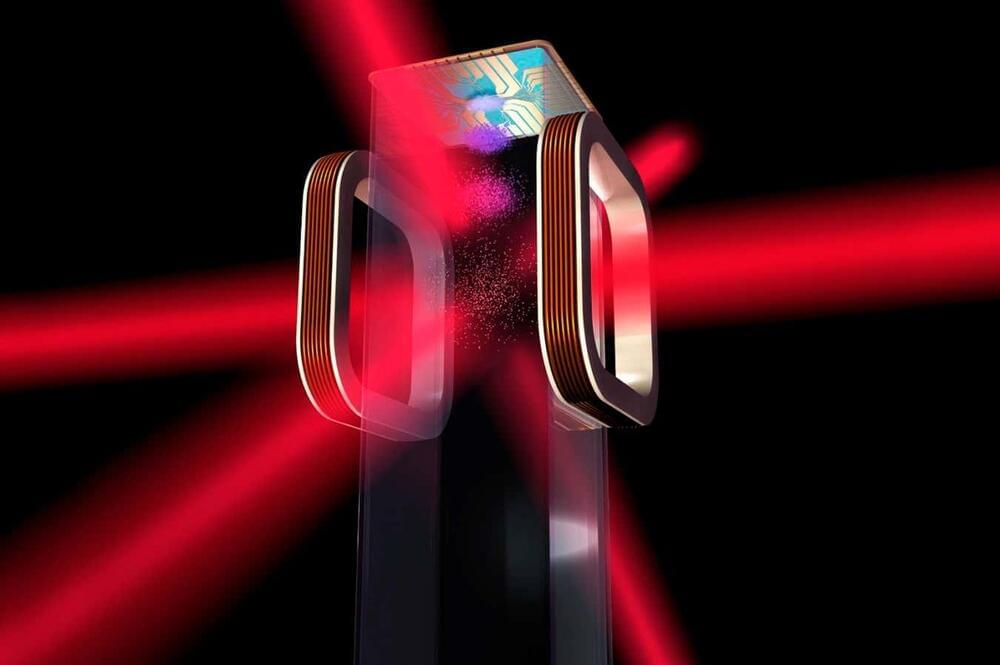
When their quantum properties are precisely controlled, some ultracold atoms can resist the laws of physics that suggest everything tends towards disorder.
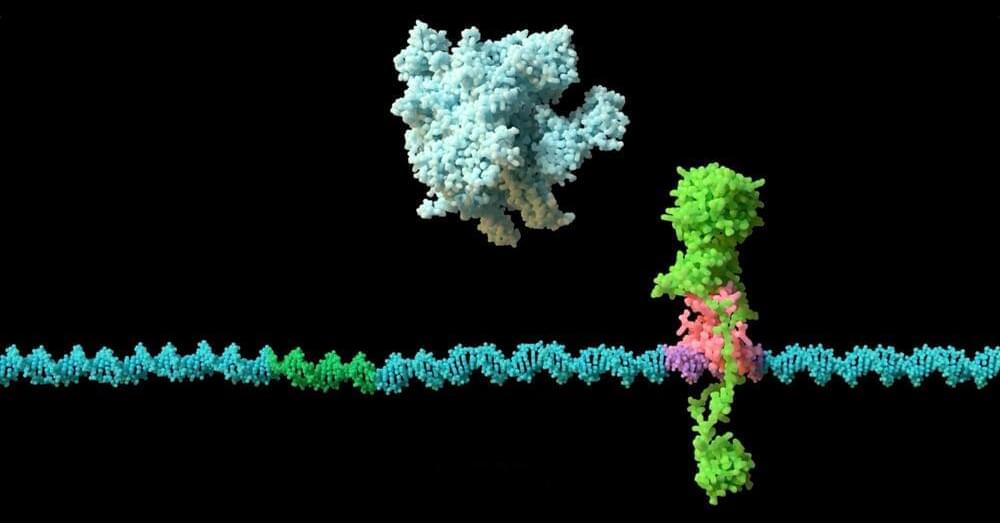
A global team has made a significant advance in understanding how bacterial plasmids contribute to antibiotic resistance.
Their findings reveal a complex mechanism involving the proteins KorB and KorA, which could lead to innovative treatments to weaken drug-resistant bacteria.
Breakthrough in Bacterial Resistance Research.
The space debris problem won’t solve itself. We’ve been kicking the can down the road for years as we continue launching more rockets and payloads into space.
In the last couple of years, organizations – especially the European Space Agency (ESA) – have begun to address the problem more seriously.
Now they’re asking this question: What will it take to reach zero space debris?